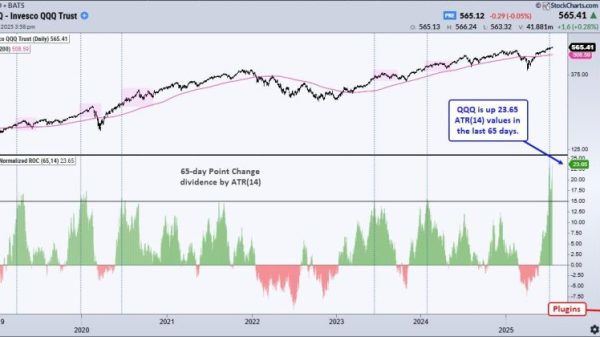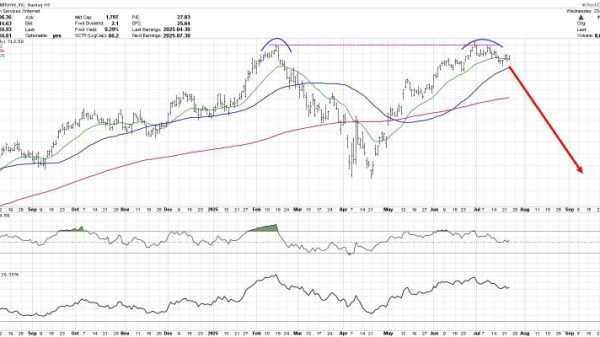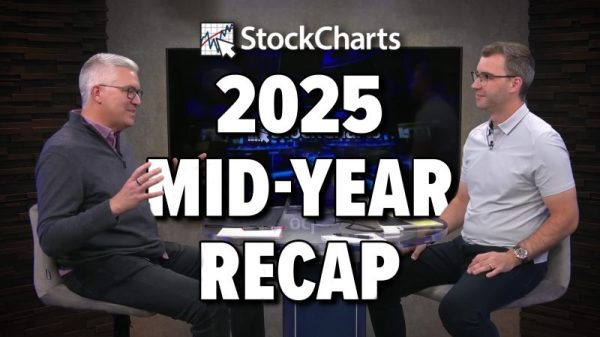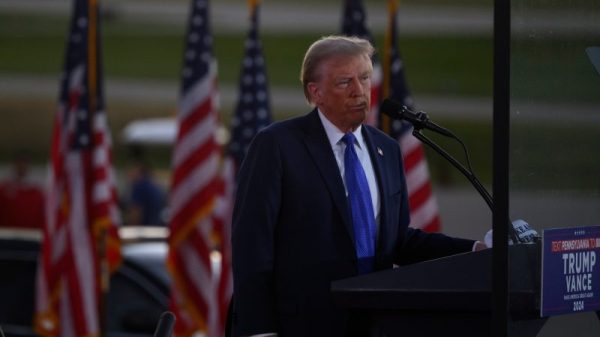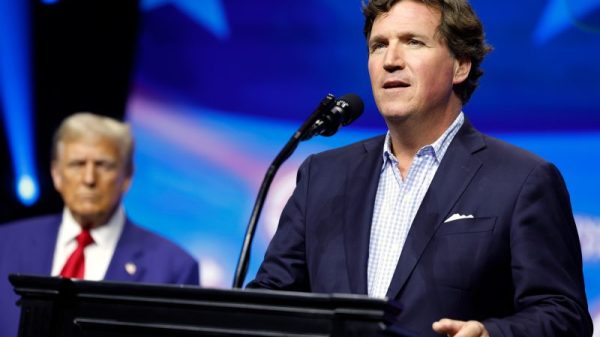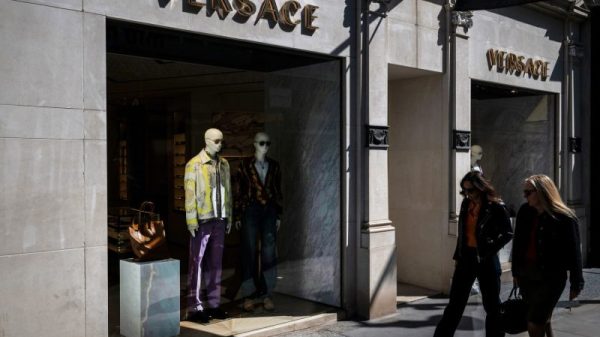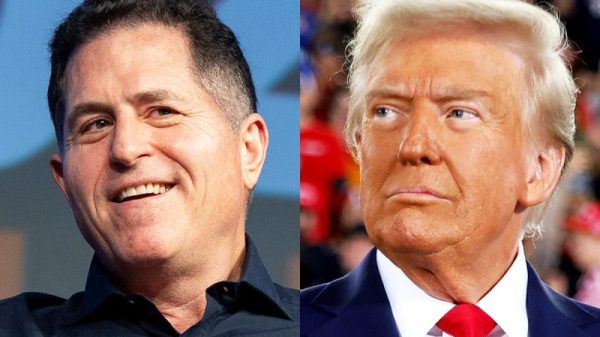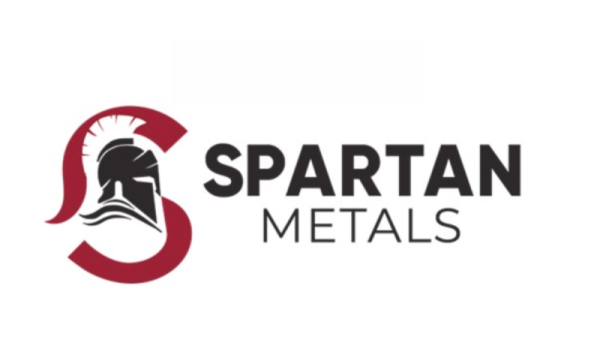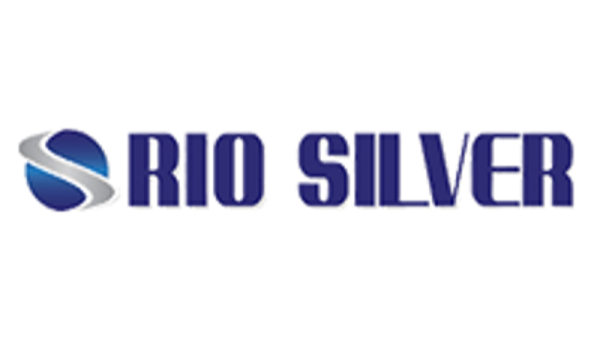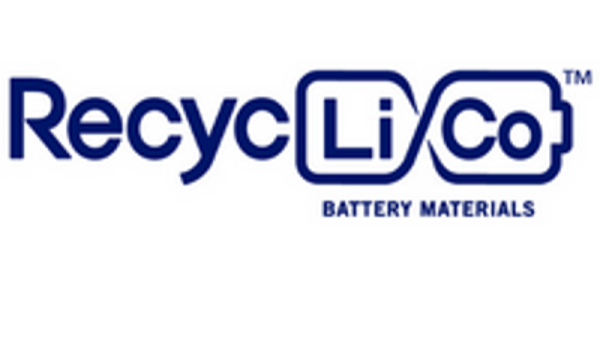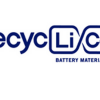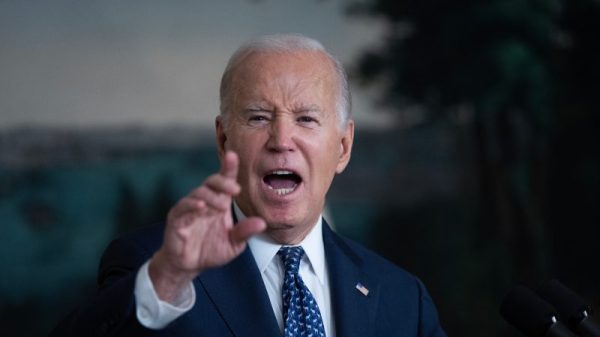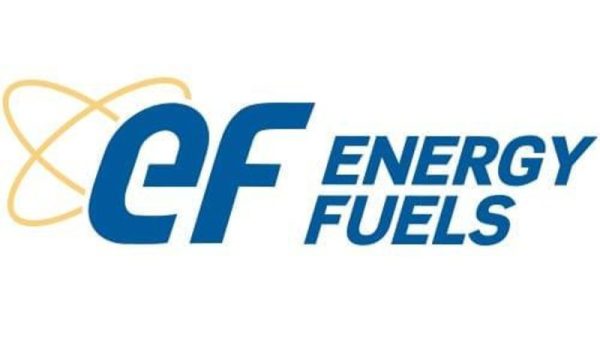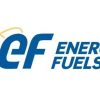The rare earths market was punctuated by significant fluctuations during the first half of 2024.
Global supply continued to struggle to meet rising demand, particularly outside of China. Early stage projects in countries like the US, Korea and India are showing promise, but have so far been insufficient to close the growing supply gap.
Conversely, while rare earths demand across key end-use segments — electric vehicles (EVs) and renewable energy technologies — started the year strong, some demand eroded during Q2, which was reflected in lower prices.
Geopolitical tensions also intensified toward the end of the quarter, and are likely to impact the market through H2.
China driving global rare earths supply with rising quotas
Global rare earths supply has been increasing annually since 2020, when total production topped 240,000 metric tons (MT). In 2023, global mine supply grew to 350,000 MT, with the majority of this fresh supply coming out of China.
In 2020, the Asian nation produced 140,000 MT of rare earths, with output ballooning to 240,000 MT in 2023.
“China’s Ministry of Industry and Information Technology raised 2023 quotas for rare-earth mining and separation to 240,000 tons and 230,000 tons of REO equivalent, respectively,” as per the US Geological Survey. “In 2023, mine production quotas were allocated to 220,850 tons of light rare earths and 19,150 tons of ion-adsorption clays.”
China accounts for 68.57 percent of all mined supply, and is likely to add to that number this year.
In February, the country issued its first round of 2024 quotas.
“A rare earth mining quota of 135,000 tonnes and a smelting and separation quota of 127,000 tonnes were unveiled for the first round of 2024, up by 12.50 percent from 120,000 and 10.43 percent from 115,000 tonnes respectively from 2023’s first round quotas,” a Fastmarkets report published that month states.
The quotas were targeted at China’s two major rare earths companies. “China North Rare Earth Corp has been allocated a mining quota for light rare earth of 94,580 tonnes and a smelting quota of 88,010 tonnes, China Rare Earth Group received a total mining quota of 40,420 tonnes including 30,280 tonnes for light rare earth, and 10,140 for ion-absorbed rare earth (medium and heavy rare earth), and a total smelting quota of 38,990 tonnes,” Fastmarkets explains.
In terms of top-producing mines, China’s Bayan Obo mines in Inner Mongolia make up the majority of market supply, followed by Mount Weld in Australia and Mountain Pass in the US.
According to the International Energy Agency (IEA), since 2015, Myanmar’s share of global rare earths production has surged from 0.2 percent to 14 percent, and the US has increased its share from 1 percent to 9 percent.
Looking ahead to 2030, China is expected to remain the top producer of magnet rare earths, while Australia’s share of global production is projected to rise to 18 percent, and the US is anticipated to maintain a 7 percent share.
As noted in the IEA’s Global Critical Minerals Outlook, the primary issue for the rare earths sector is supply concentration.
“The major concern for magnet rare earths is not a huge gap between demand and supply like in the case of copper or lithium, but rather an extremely important level of geographical concentration of today’s as well as future mining and refining projects that expose this market significantly to supply disruptions,” it reads.
Geopolitical tensions impacting rare earths supply and trade policies
Such rare earths supply disruptions could come from China implementing export bans similar to those issued in 2019, when the US and China engaged in a tit-for-tat trade war.
Limited rare earths exports from China were also the catalyst behind Australia-listed Lynas (ASX:LYC,OTC Pink:LYSCF), which was born when China limited rare earths exports to Japan in the early 2000s.
Now Lynas controls 15 percent of the rare earths market and is planning on expanding its presence in the space.
Currently Lynas operates the Mount Weld rare earths mine in Western Australia, and is a major global producer of neodymium-praseodymium (NdPr) oxide, a key material for neodymium iron boron (NdFeB) magnets.
In late June, Lynas announced plans to begin producing separated heavy rare earths products at its Kuantan refinery in Malaysia, with commissioning and ramp-up expected by mid-2025. The facility will have an estimated annual throughput of 1,500 MT of a mixed heavy rare earths compound, which includes samarium, europium, gadolinium and holmium. Initial estimates for dysprosium and terbium production capacity haven’t been provided.
“This circuit reconfiguration at Lynas Malaysia provides a pathway to accelerate our commitment to processing all of the elements in the Mt Weld ore body,” said Amanda Lacaze, CEO and managing director of Lynas.
In an effort to increase domestic supply, the US government has announced plans to implement a 25 percent tariff on rare earth magnet imports from China. “The tariff rate on natural graphite and permanent magnets will increase from zero to 25 percent in 2026. The tariff rate for certain other critical minerals will increase from zero to 25 percent in 2024,” as per a May statement from the White House. “Concentration of critical minerals mining and refining capacity in China leaves our supply chains vulnerable and our national security and clean energy goals at risk.”
The announcement was welcome news to MP Materials (NYSE:MP), which owns and operates Mountain Pass in California, “America’s only scaled and operational rare earth mine and separations facility.”
Jim Litinsky, chief executive of MP Materials, told Fastmarkets in mid-May that the new tariffs will ‘help to level the playing field for domestic producers,’ giving the US market time to scale and develop.
Prior to the Biden administration’s decision, MP Materials was awarded US$58.5 million by the US Department of Energy “to advance its construction of America’s first fully-integrated rare earth magnet manufacturing facility.”
Similarly, E-Vac, the US subsidiary of German magnet manufacturer VAC Group, was given US$111.9 million in US tax credits to advance the construction of its first US rare earth magnet manufacturing facility in Sumter, South Carolina.
The funding will facilitate the construction of a sintered NdFeB rare earth magnet plant in an American city. It is expected to be operational by late fall 2025.
The project, which began in March, is supported by the US Qualifying Advanced Energy Project Tax Credit (48C) under the Inflation Reduction Act). In its first phase, this initiative allocated US$10 billion in funding, with US$800 million in tax credits, to select projects focused on critical materials recycling, processing and refining.
Rare earths prices hurting as demand slumps
Along with oversupply, 2024 has brought weaker rare earths demand in key end-use segments, like the EV sector, due to lower consumer buying. In turn, that has caused prices to trend lower.
In an April article, Caroline Messecar, Fastmarkets’ strategic markets editor for technology metals, points to several factors that she thinks have helped push rare earths prices down close to 70 percent in two years.
She identifies weak EV demand, a global economic downturn, previous volatility and geopolitics as culprits.
Looking ahead, the rare earths market outside of China could face supply disruptions as the Asian nation announced new regulations to protect rare earths supply for national security in early July.
These rules, covering the mining, smelting and trade of these crucial materials, emphasize that rare earth resources belong to the state. The government will oversee the development of China’s rare earths industry, where the country has become the leading producer, accounting for nearly 90 percent of global refined output.
Securities Disclosure: I, Georgia Williams, hold no direct investment interest in any company mentioned in this article.

